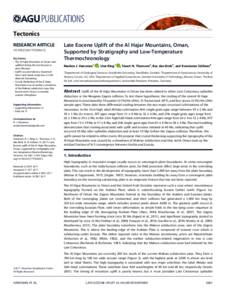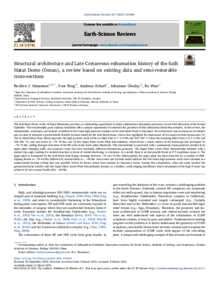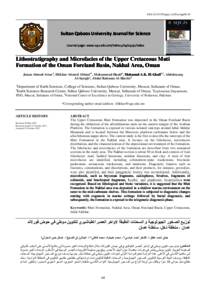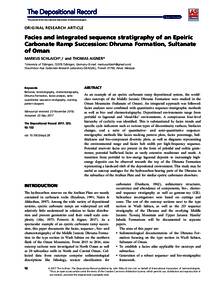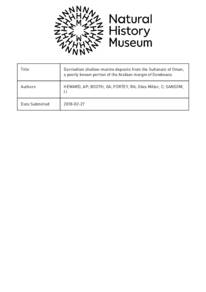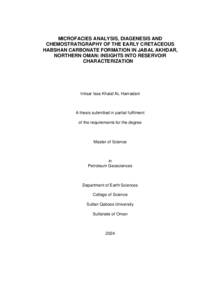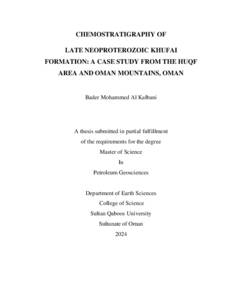وثيقة
Late eocene uplift of the Al Hajar mountains, Oman, supported by stratigraphy and low-temperature thermochronology.
المعرف
DOI: 10.1002/2017TC004672
المصدر
Tectonics. v. 36, 12, p. 3081-3109
المساهمون
الدولة
United Kingdom.
الناشر
Blackwell Publishing Ltd.
ميلادي
2017-12-01
اللغة
الأنجليزية
الملخص الإنجليزي
Uplift of the Al Hajar Mountains in Oman has been related to either Late Cretaceous ophiolite obduction or the Neogene Zagros collision. To test these hypotheses, the cooling of the central Al Hajar Mountains is constrained by 10 apatite (U-Th)/He (AHe), 15 fission track (AFT), and four zircon (U-Th)/He (ZHe) sample ages. These data show differential cooling between the two major structural culminations of the mountains. In the 3 km high Jabal Akhdar culmination AHe single-grain ages range between 39 ± 2 Ma and 10 ± 1 Ma (2σ errors), AFT ages range from 51 ± 8 Ma to 32 ± 4 Ma, and ZHe single-grain ages range from 62 ± 3 Ma to 39 ± 2 Ma. In the 2 km high Saih Hatat culmination AHe ages range from 26 ± 4 to 12 ± 4 Ma, AFT ages from 73 ± 19 Ma to 57 ± 8 Ma, and ZHe single-grain ages from 81 ± 4 Ma to 58 ± 3 Ma. Thermal modeling demonstrates that cooling associated with uplift and erosion initiated at 40 Ma, indicating that uplift occurred 30 Myr after ophiolite obduction and at least 10 Myr before the Zagros collision. Therefore, this uplift cannot be related to either event. We propose that crustal thickening supporting the topography of the Al Hajar Mountains was caused by a slowdown of Makran subduction and that north Oman took up the residual fraction of N-S convergence between Arabia and Eurasia.
ISSN
0278-7407
قالب العنصر
مقالات الدوريات

